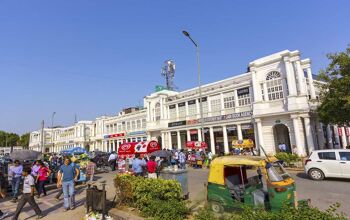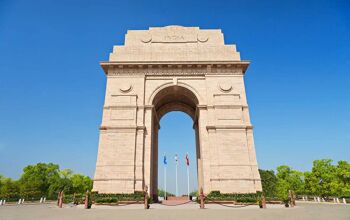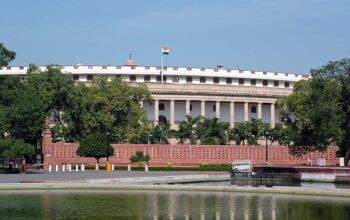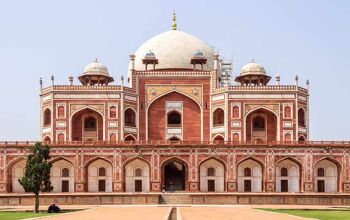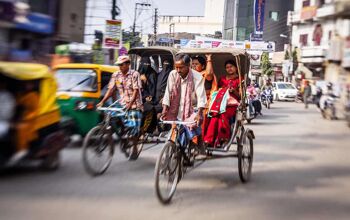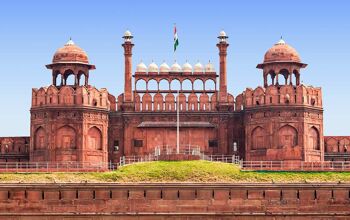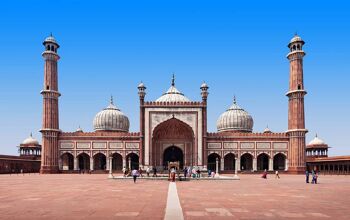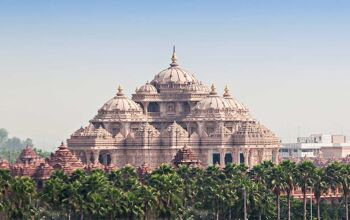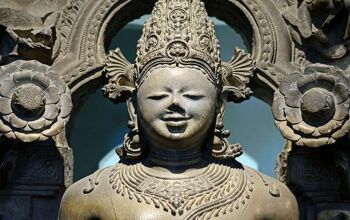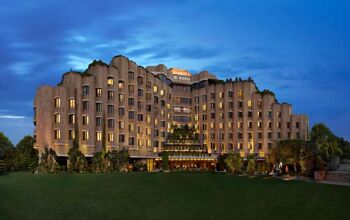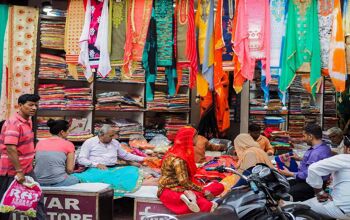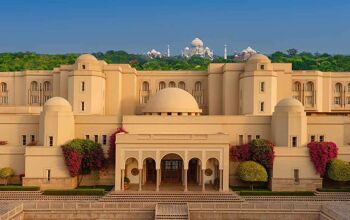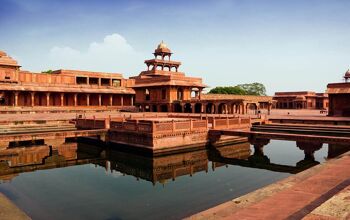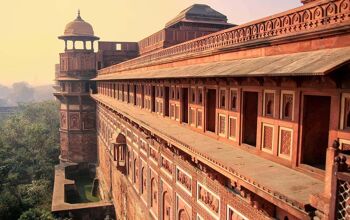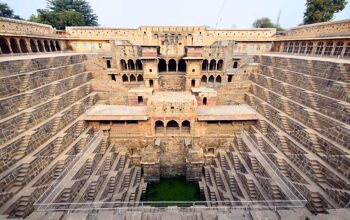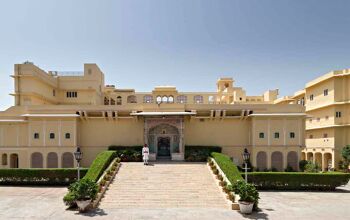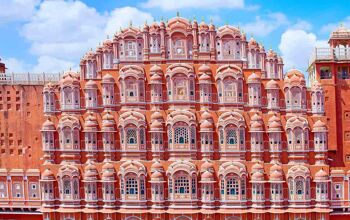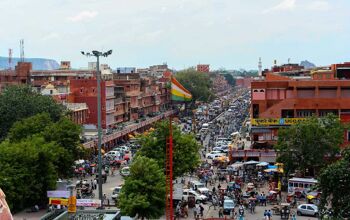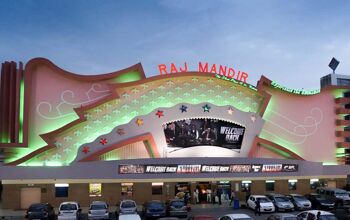The ‘Raj’ refers to Britain’s formal rule over India from 1859 until independence in 1947. Yet Britain’s involvement dates back to the East India Company’s (EIC) first toehold in the subcontinent in 1608, when its ships docked in Surat (in Gujarat state), followed by more trading posts in Chennai and Kolkata.
Gradually eclipsing their Portuguese and Dutch rivals, King Charles II granted the EIC powers to acquire territory, form armies and essentially become a colonial government.
By the 1770s the EIC had financial troubles, and its controversial bailout by the British government converged with a realisation that its power and influence was underpinned by corruption, cronyism, plunder and greed. Things came to a head with the so-called Indian Mutiny of 1857, when its own Indian soldiers rebelled.
In the wake of this disastrous episode, the British government stepped in, bringing much of the EIC’s holdings under Crown control. In 1877 Queen Victoria was proclaimed Empress of India; the legacy of her rule endures India’s legal and administrative systems.
Rather more tangible for visitors is its public, often grand, architecture. New Delhi was a Raj creation, many cities still have ‘cantonments’ (or garrison neighbourhoods) and the Himalayan foothills are dotted with ‘hill stations’ where the Brits could escape the worst of the pre-monsoon heat.
